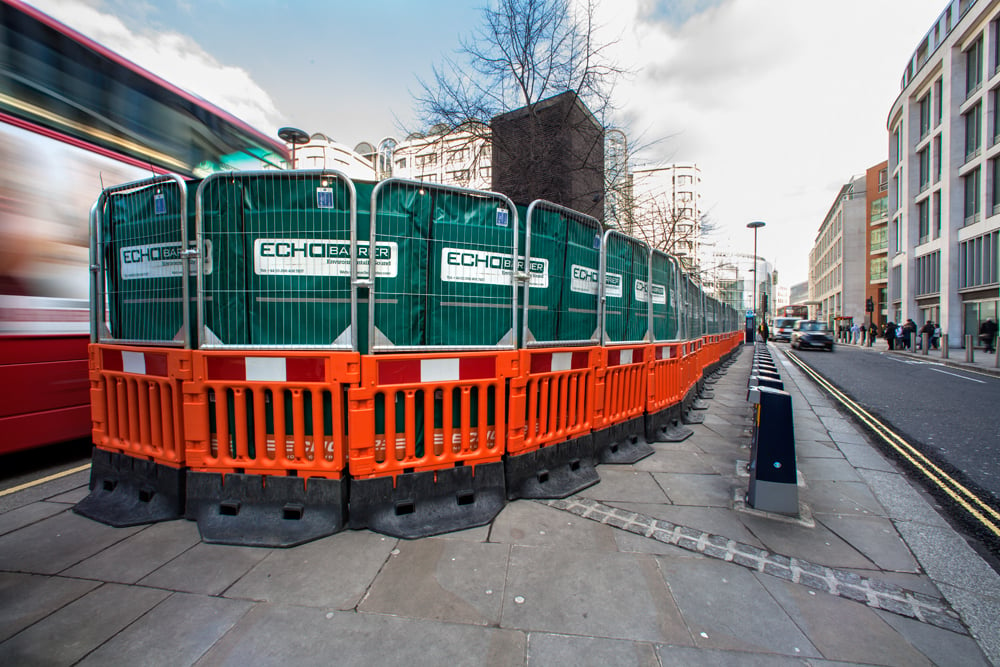
The terms volume and loudness do not refer to the same thing; however, people do interchange them, which can cause confusion. In the acoustics world, precision in language is important.
In fact, any industry that uses acoustics must deal with the jargon and obscure terminology that
Using Precise Language in Acoustics
Language is fluid. Sometimes when a word is used imprecisely, it begins to take on the incorrect meaning. This happens with the terms volume and loudness, although they are very definitely two different things.
For instance, in physics people can confuse the terms "weight" and "mass". If you have no need to understand the difference between them, such as you not being a physicist, then it doesn’t matter if your understanding is a little off.
Let’s look at "volume" and "loudness", which are very different from each other while being related at the same time. However, they are not interchangeable.
 Loudness specifically describes how our brain perceives sound and all its properties, including volume.
Loudness specifically describes how our brain perceives sound and all its properties, including volume.
Loudness Versus Volume
According to Merriam-Webster, loudness is “the attribute of a sound that determines the magnitude of the auditory sensation produced and that primarily depends on the amplitude of the sound wave involved.” What this means is that loudness depends upon the perceived sound in your brain. It is how loud the sound is to you. It is
Volume is an imprecise term that we usually use in reference to
You have other similar acoustics terms to consider as well, such as gain and level. However, if you are recording sound and that recording is not clear on playback, you may want to turn it up. But with acoustics, you need to know what to turn up. Do you manipulate the amplification or the speaker volume? Is the problem with input or output? Understanding the difference between loudness and volume will help you make those determinations and improve the quality of your recording, for example.
Controlling Loudness
In an environment where noise is pervasive and control is needed, "loudness" is what we want to have a handle on. There is no volume switch handy on a construction site, so we have to turn to other measures to mitigate excess noise, and ensure that what the surrounding community is exposed to is not disruptive.
 Acoustic barriers like Echo Barrier are used to reduce disturbances resulting from noise pollution in highly populated areas.
Acoustic barriers like Echo Barrier are used to reduce disturbances resulting from noise pollution in highly populated areas.
Echo Barrier noise control barriers not only have the ability to physically reduce the volume of noise escaping a site – with their lightweight acoustic foam, covered with highly durable, innovative, weather-resistant outer layers – but also reduce loudness (that is, perceived noise level) through its unique design, which emphasizes the purpose and intent of using the barriers.
.png?width=490&name=20141228_EarlsCourt_%20(173%20of%20375).png)
Making a difference
Echo Barrier makes temporary acoustic barriers to screen noise on construction sites, rail, for oil & gas, utility repairs, mines, generators, events, and more. We pride ourselves on spreading awareness on noise pollution and advocating change.

